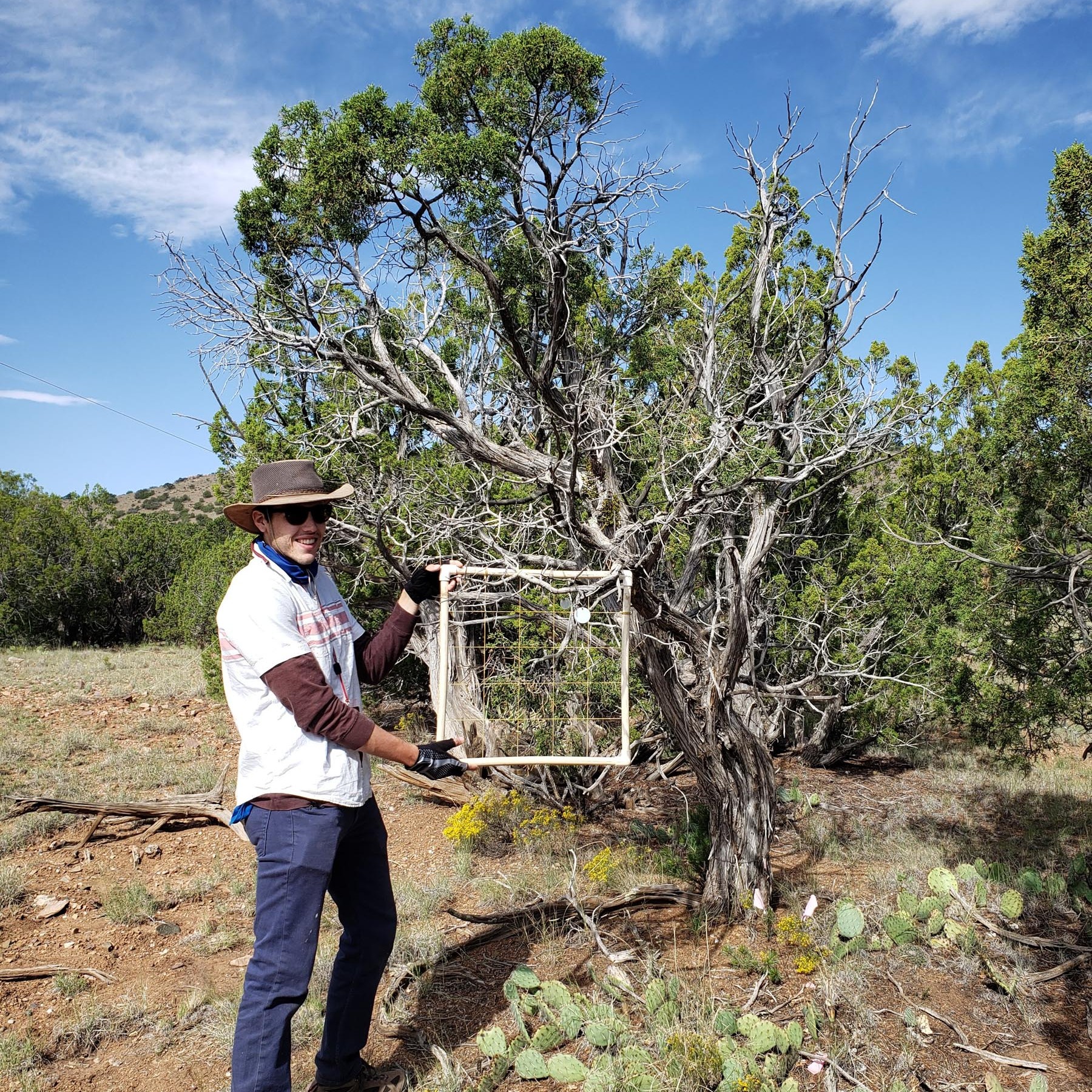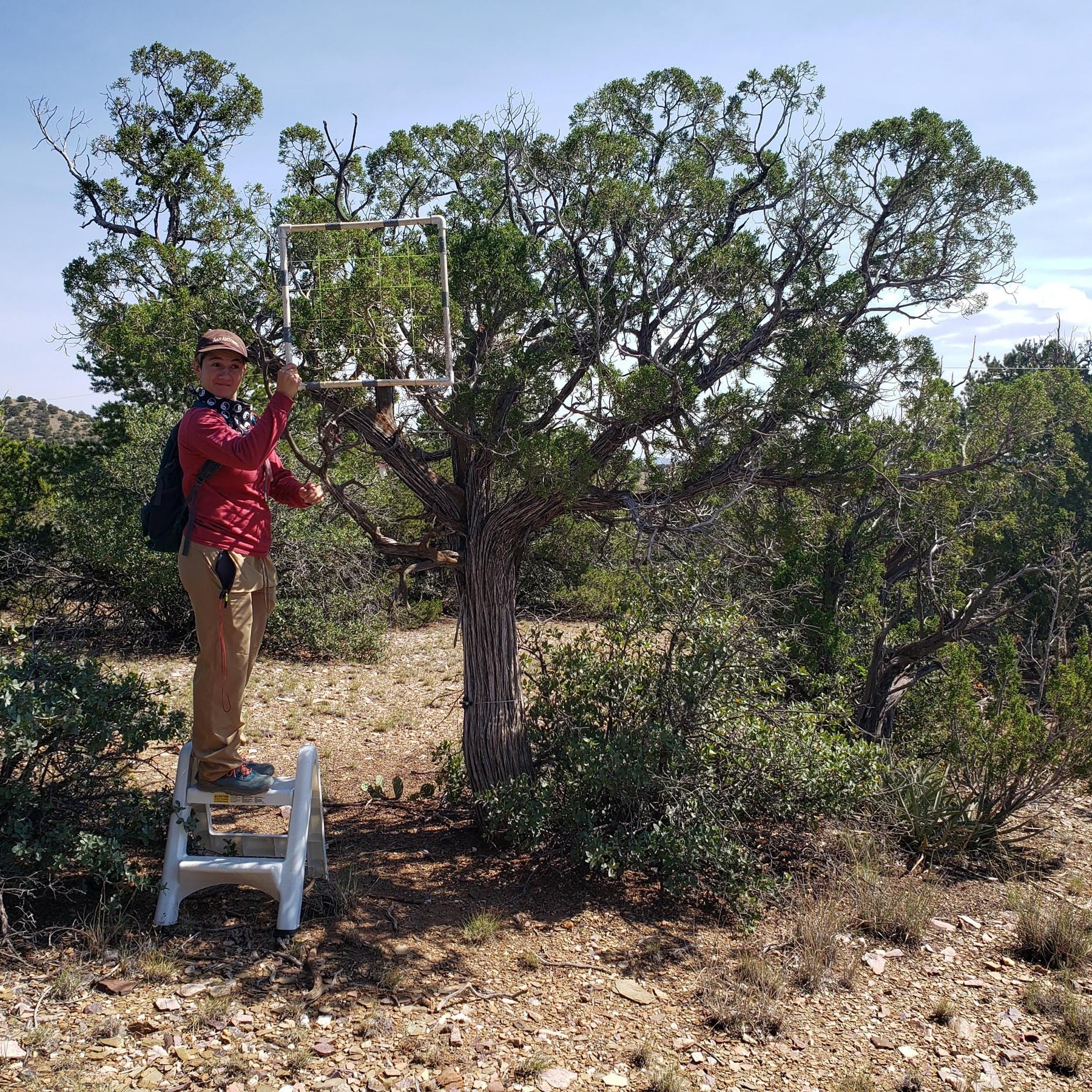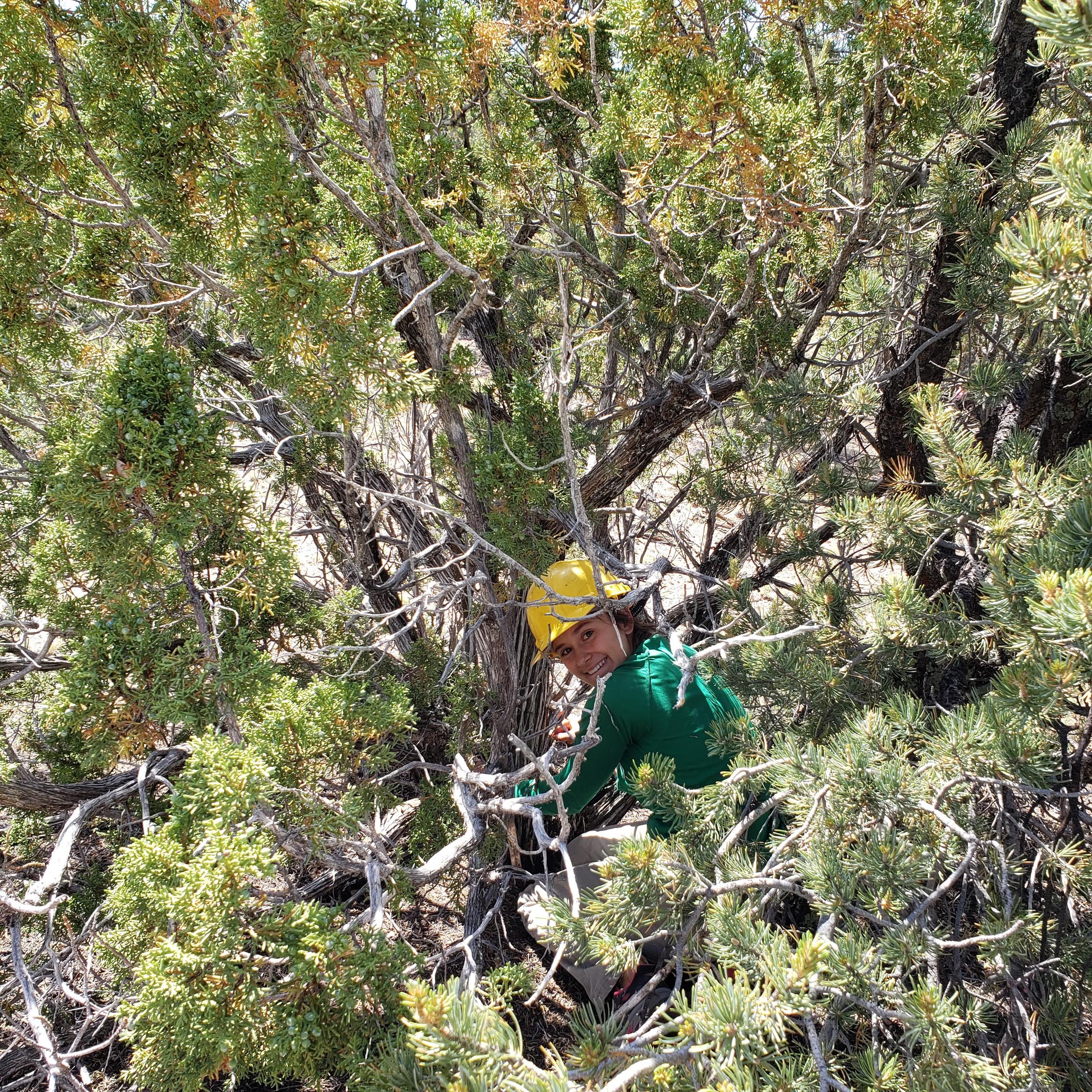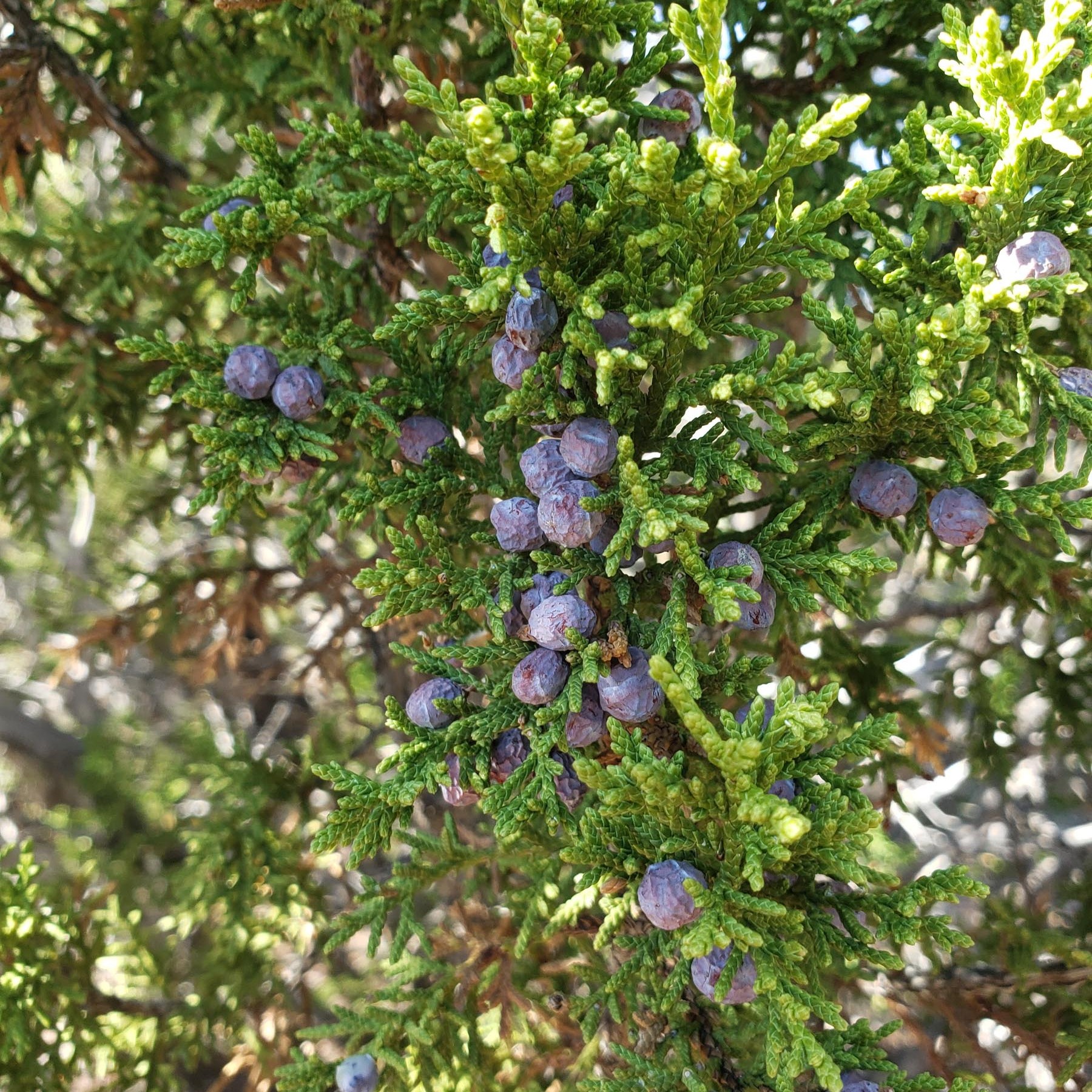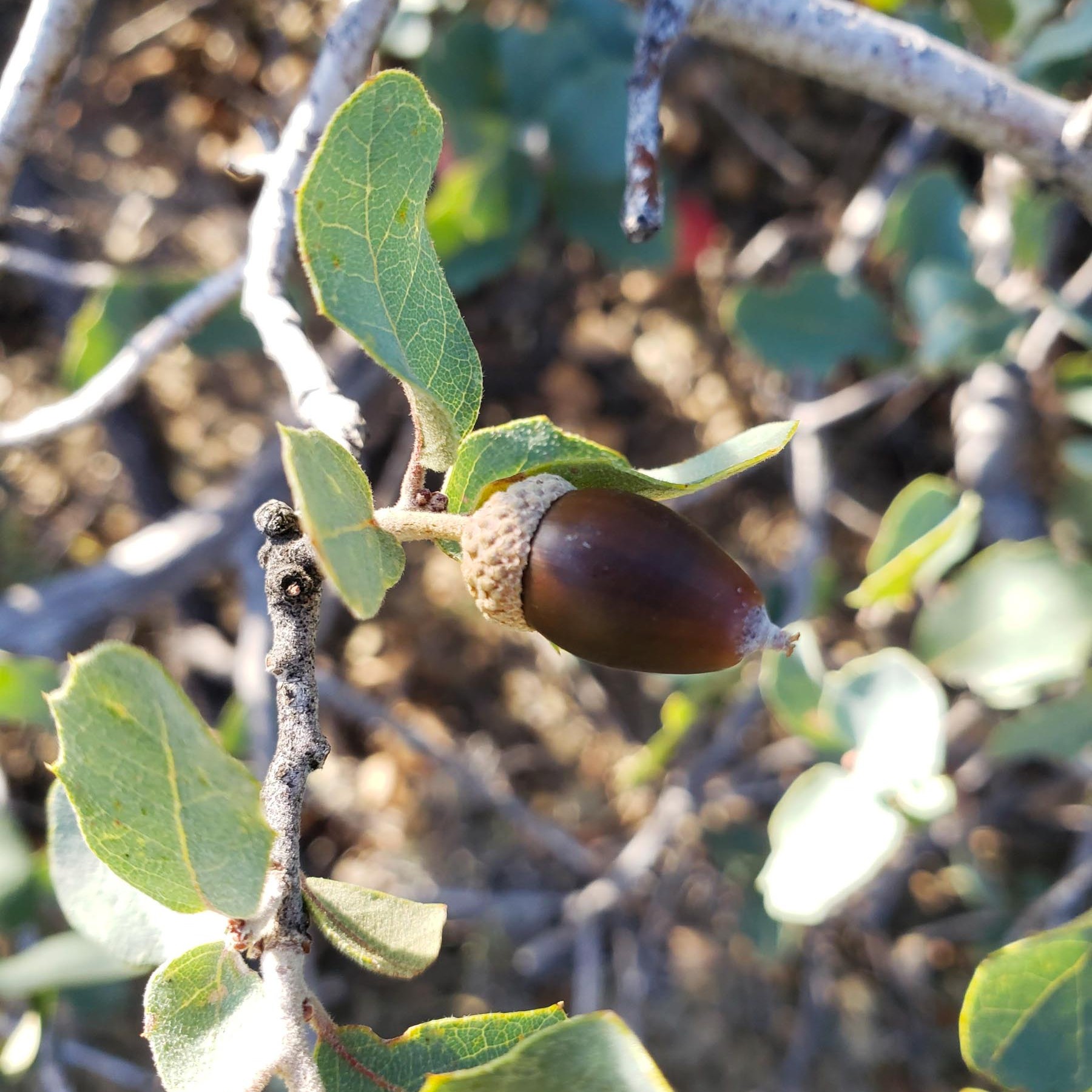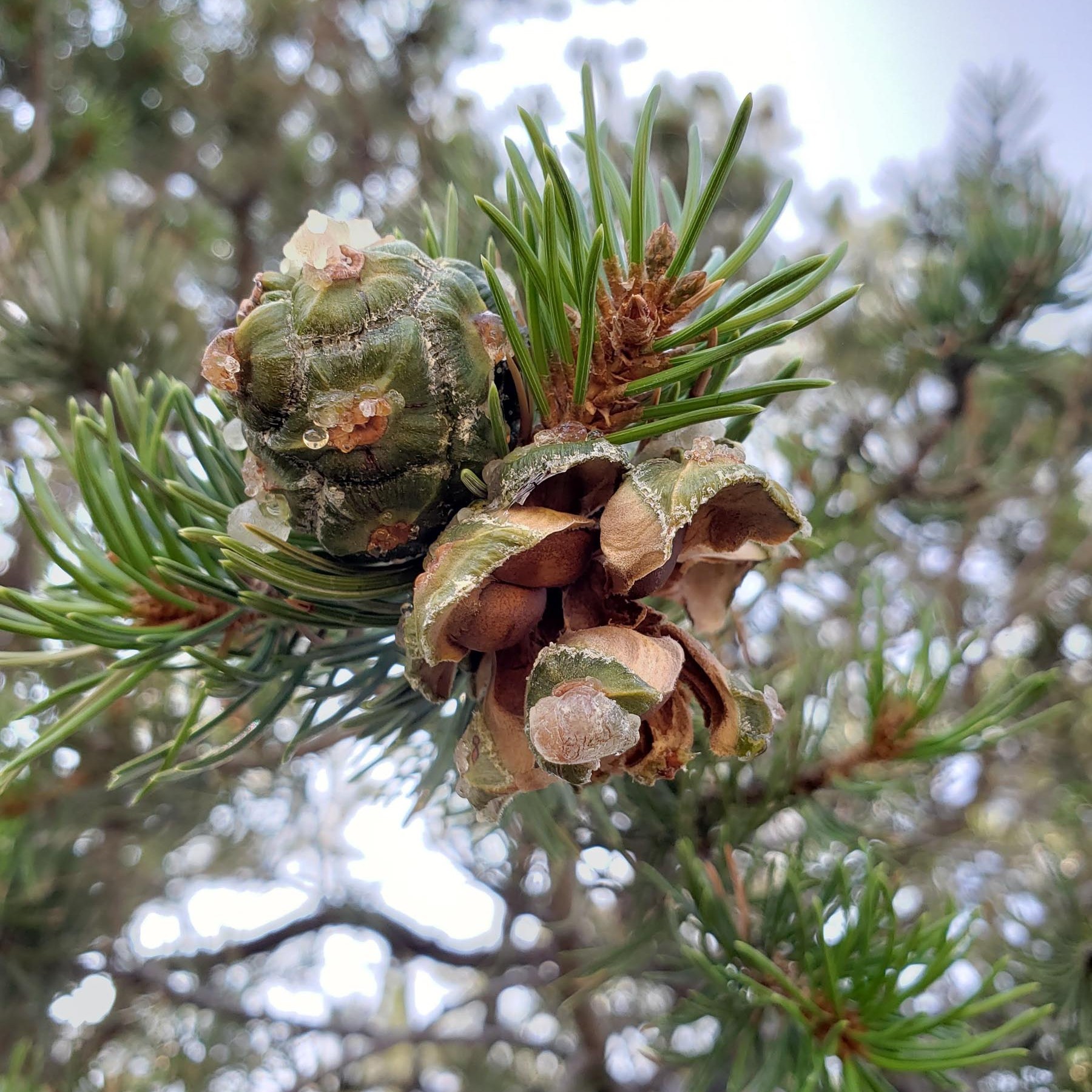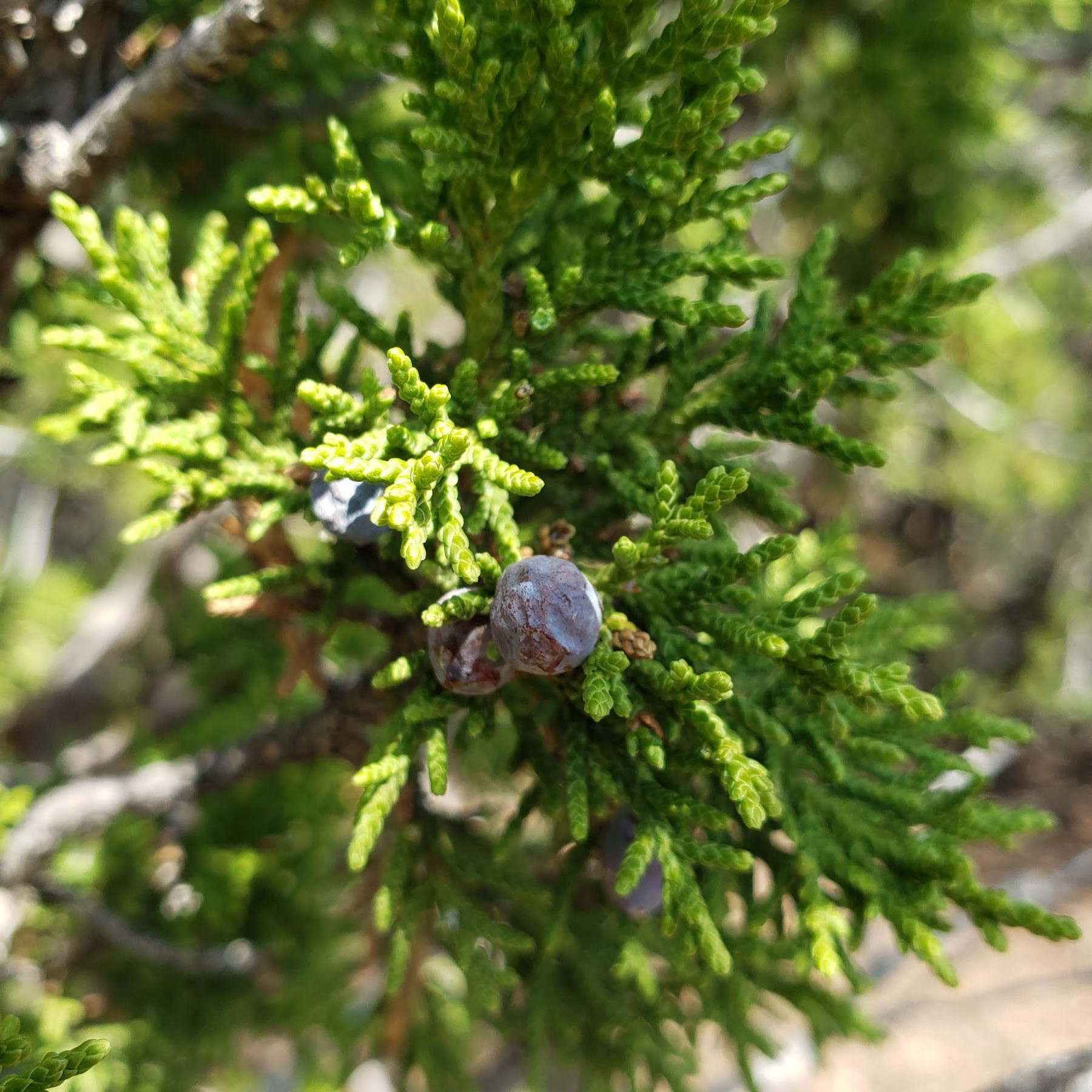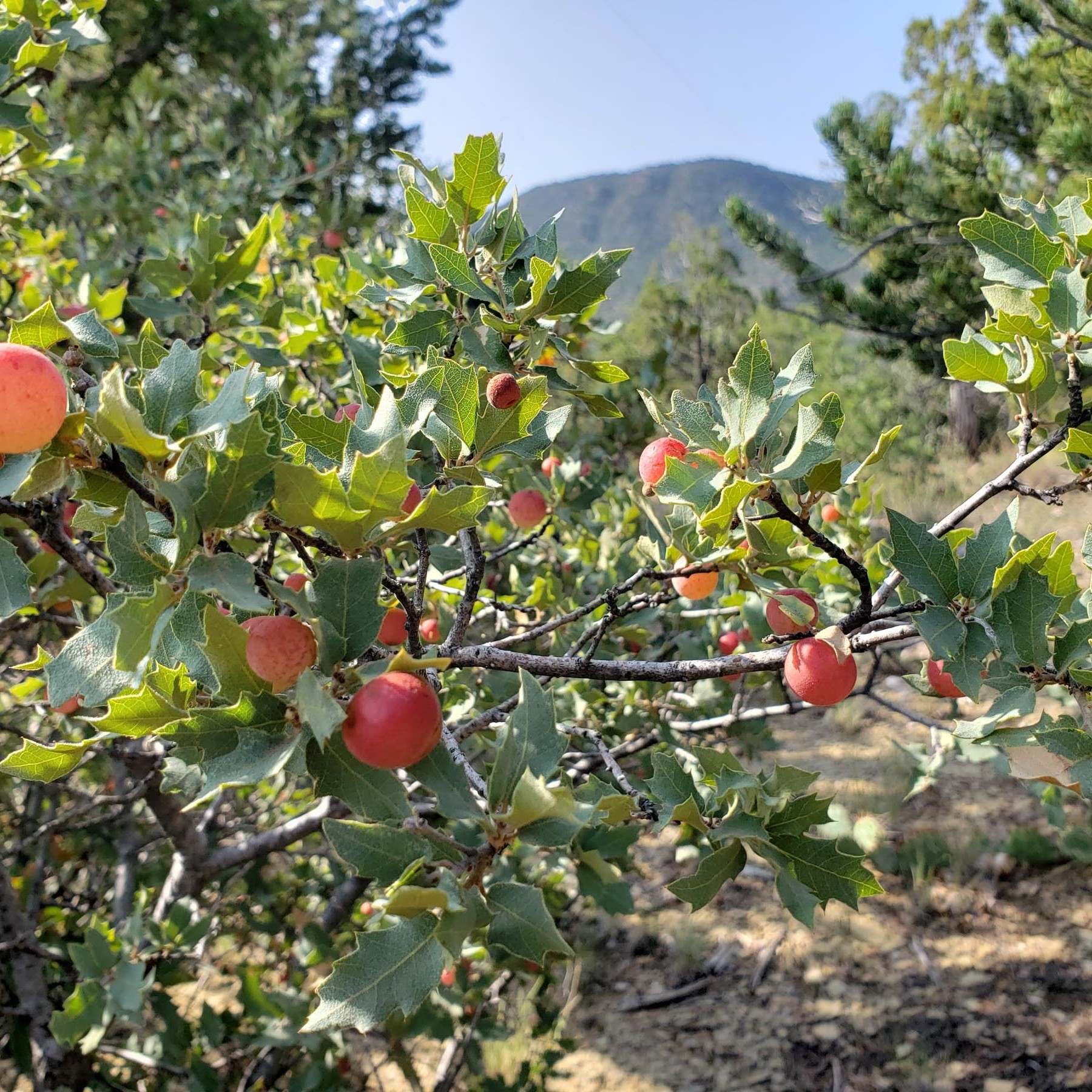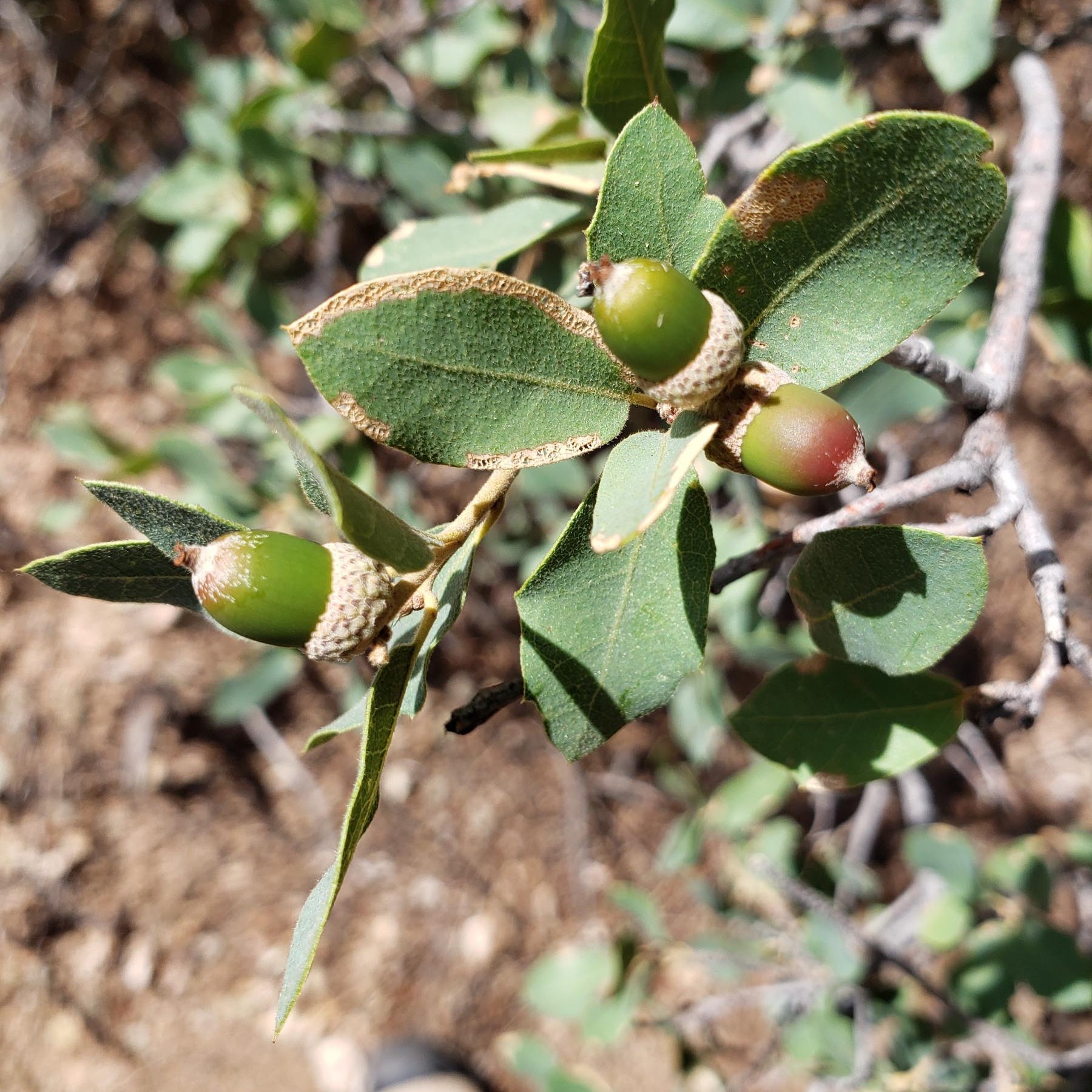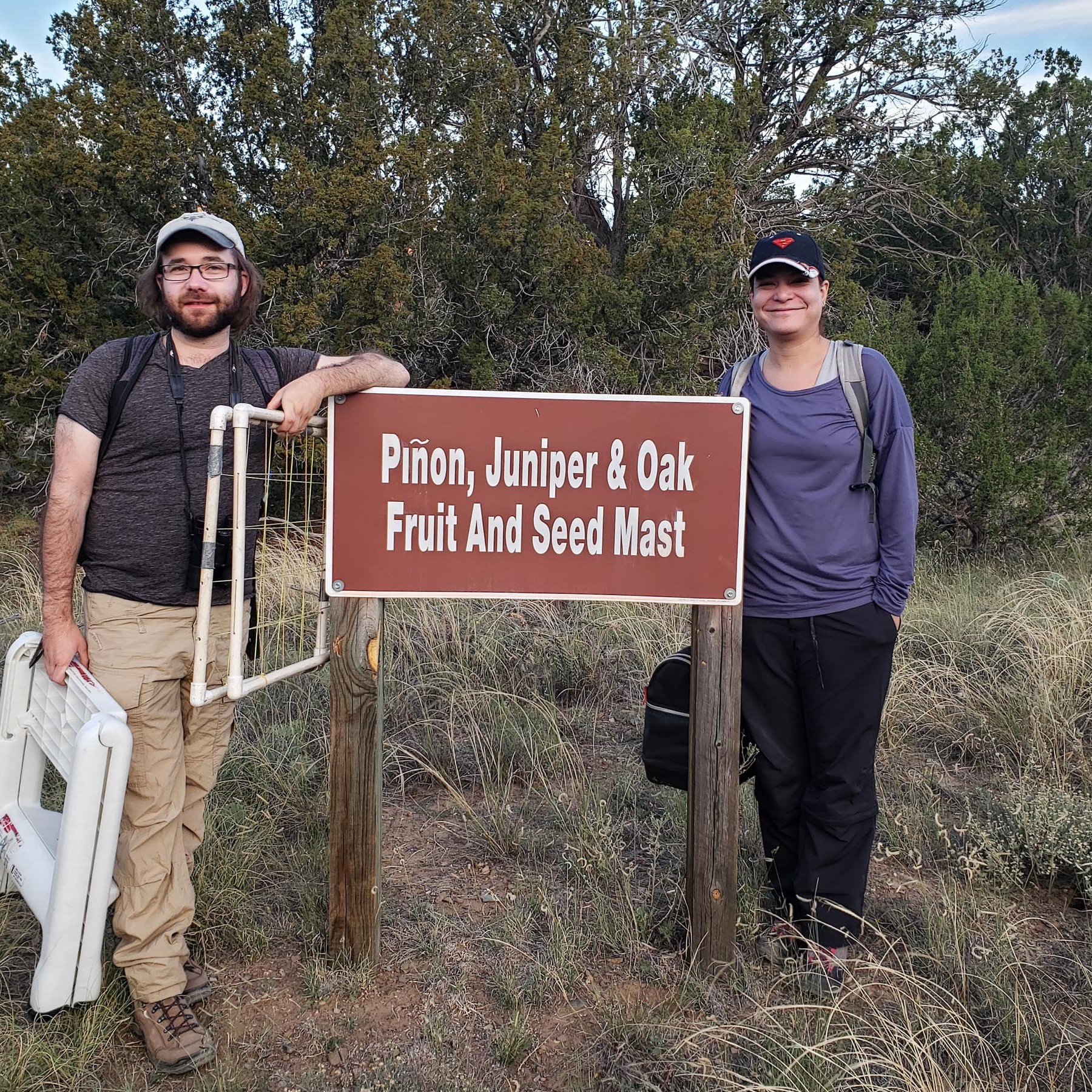Objective:
Phenology, the timing of recurring life cycle events, is an important metric for understanding seasonal variation within biological systems. Because the timing of life cycle events is often sensitive to environmental conditions, climate change can have strong effects on phenology, with critical consequences for species interactions and ecosystem processes. Reproduction, a key component of the plant life cycle, is necessary to predict future plant and wildlife population abundances. Accurate prediction is particularly challenging for plants with highly variable fruit production, known as mast fruiting. We document the phenology of plants and mast fruit production in five dryland ecosystem types to monitor changes in seasonal patterns over time and in conjunction with our drying and increasingly more variable climate.
Novelty:
Our datasets are unique in their longevity and robustness because they can be paired with SEV LTER small mammal, grasshopper, bee, and plant biomass datasets to study spatial and temporal trends in consumers, pollinators, and plant communities. The tree mast production study is the longest, continuously ongoing study on mast fruiting to our knowledge, and tracks >100 individual trees from three foundation tree species.
Design:
Plant phenology data are collected once per month from February through October along four replicate 200 m transects in each of three core ecosystem types: Chihuahuan Desert grassland, dominated by black grama grass; Plains grassland, dominated by blue grama grass; and Chihuahuan Desert shrubland, dominated by creosotebush, all within the Sevilleta National Wildlife Refuge. On each transect, we record the foliage and reproduction status of the first 10 individuals of each plant species encountered. Foliage is an assessment of the plant’s leaves (e.g., presence of new green leaves, old leaves, brown leaves) while reproduction examines flower and fruit stages (presence of buds, flowers, fruits). We measure annual mast fruit production in August at five sites within the Sevilleta National Wildlife Refuge. For each tree species, we use a specially customized protocol to estimate fruit production. piñon pine (Pinus edulis) estimates are made using the number of cones per mature tree. Shrub oak (Quercus turbinellla) estimates utilize the number of acorns per 0.1 m2 of canopy surface area. One-seed juniper (Juniperus monosperma) estimates use the number of berries per 0.5 m2 frame, assessed at four aspects per individual plant, then summed for each tree in the one ha plot.
Responses:
The plant phenology dataset provides population-level estimates of the proportion of individuals in each foliage and reproduction stage during a given month for each plant species x transect combination, and data have been collected continuously since 2000. The mast fruiting dataset gives annual fruit production for three tree species: piñon pine (Pinus edulis), Shrub oak (Quercus turbinellla), and One-seed juniper (Juniperus monosperma), and data have been collected since 1997.
Supporting Documents:
Plant phenology dataset:
Core Site Phenology Study from the Chihuahaun Desert Grassland and Shrubland at the Sevilleta National Wildlife Refuge, New Mexico. https://portal.edirepository.org/nis/mapbrowse?scope=knb-lter-sev&identifier=137
Mast fruiting dataset:
Tree Mast Production in Pinyon-Juniper-Oak Forests at the Sevilleta National Wildlife Refuge, New Mexico (1997- present). https://portal.edirepository.org/nis/mapbrowse?scope=knb-lter-sev&identifier=204

